*Please note that this post has affiliate links. If you buy through my links, at no additional cost to you, I may earn a small commission – thank you!
How to trace your roots in Finland? This topic is very close to my heart because I have recently started my own detective work to find my grandmother’s childhood house in Karelia.
It involves diving into all possible records because we have no address. My dad has already made one unsuccessful trip to try to find it.
If you have been following me, you may know that I study the Russian language.
Discovering my roots in Karelia is my biggest movitation to learn Russian, because I’ll definitely need the language on the trip I’ll take to Karelia.
So, in this article, I go through the first steps you can take to trace your roots in Finland.
This article came to life thanks to the wonderful discussions online at Her Finland Facebook Group, Finnish Food and Culture Facebook Group and through many emails.
Thank you so much for all of you guys! In this article I try to explain Finnish resources the best I can.
I’m not an expert in genealogy but rather on this same journey with you, discovering my own roots.
I’d love to hear all your stories, family adventures and genealogy tips in the comments.
Psst… Follow me on Instagram and get more Finland into your daily life immediately!
Näytä tämä julkaisu Instagramissa.
Table of Contents
- How to Get Started with Tracing Your Roots in Finland
- Finnish Genealogy – The Most Common Resources Explained
- Finnish National Archives
- Do You Need to Travel to Finland? Limitations of Online Resources
- Additional Finnish Ancestry Tips
- What about the Language? Finnish, Swedish and Latin
- How to Learn Easy Finnish Before Your Finland Visit
- Are You Ready to Start Discovering Your Finnish Roots?
How to Get Started with Tracing Your Roots in Finland
First, get organized and consider keeping all the records of your detective work in one place, for example, one of the online genealogical databases.
Then start by finding out as much information as you can from relatives, old photos, and documents stored in the basement or the attic.
You might want to consider taking a DNA test, which can help match your data on some of the genealogy sites.
Here are the first things you can do to make your search using databases and archives easier and to jump over the first 100 years gap that you won’t be able to find in the databases due to privacy restrictions:
- Compile names, dates of birth and death, marriages, place of residence, and occupations for your relatives.
- Find any documents and photos that contain information on your parents, grandparents, and relatives: letters, photos, diplomas, certificates, IDs or passports, records of arriving into the country, place of residence in Finland, and any records available in your local archives.
When you have exhausted all these resources, it’s time to take your detective work to the next level. I’ve collected some of the best next steps you can take to find your Finnish roots below.

Finnish Genealogy – The Most Common Resources Explained
In this section, I’ll cover the popular commercial services, DNA tests, and free databases.
It’s very easy to be overwhelmed, looking at everything that’s available.
So, here’s my suggested order of business:
- Talk to relatives and compile enough information to get over the 100-year gap
- DNA test and commercial websites (optional)
- HisKi database (for its ease of use)
- Finnish church records indexed and available online and local parishes, archives and libraries, if you can get in touch with them
- All the resources that contain some of the original church records, tax records, and court records
- This is where the real detective work starts: if you can’t find it online, it’s time to find out if records are missing, widen your search to areas close by, and anything else that might contain clues.
The original records can be confusing and easily make this seem like a complicated task. So start with the low hanging fruit to build momentum.

Commercial Genealogy Databases
The first thing you should know is that when it comes to Finnish genealogy, you’re in luck.
The MyHeritage service is super popular in Finland. To me it looks like the most popular service that Finns use. For example, I have over 20 000 DNA matches there.
It’s been fun to get connected with family members I have never met there. You can purchase the MyHeritage DNA Kit here.
Other services might not be quite as popular as in the States, but one of my readers, Deanne, gave this helpful tip on my Facebook page:
“My father was born in Finland. I did a DNA test with Ancestry, then transferred my results to MyHeritage as more Finns use this site. Once I transferred my data to MyHeritage, I discovered my second cousin (who my father has never met, as her family moved to Russia before Dad was born) I was so excited. I’m coming to Finland in September and visiting her.”
So even if the rest of your research started on a different database site, you can transfer the data to a more popular service like MyHeritage to find matches. Keep in mind that sometimes you do have to pay for this service.
Going through the available information on all of the websites can be helpful, as Joanne commented on the Facebook page:
“My grandmother was a first generation American and both of her parents were from Finland. I found my great-grandmother’s family on MyHeritage after uploading the results of my Ancestry DNA test. I reached out to a gentleman who has created a huge family tree on Geni.com and he linked my family to his tree. Both of my great-grandparents names changed when they came to the United States which was a problem when I tried to do some research on my own.”
Another commentator in a closed Facebook group mentioned 23andMe as a good source, especially for finding haplogroups, which shed light on the paternal- and maternal-line ancestors.
You might get lucky and find someone else who has already been building a relevant family tree or relatives you didn’t know about as Deanne and Joanne did!

What DNA Test Should You Use for Genealogy?
If you are considering taking a DNA test to help you find matches on genealogy services, the cost of the test can vary widely, between 50 to 500 dollars. The test itself is straightforward: the companies usually send you a DNA test kit, and you take a cheek swab at home and send it off to a lab.
Dr. Marja Pirttivaara, an expert in genealogy, explains in an interview by the Finnish newspaper Tamperelainen that the differences in tests can affect how much information you will learn.
It can be just the percentage of different ethnicities in your ancestry, or you can have your data compared against the company’s database to find relatives. In the latter case, if you are specifically interested in your Finnish roots, choose one of the services that contain Finnish data: MyHeritage, FamilyTreeDNA, 23andMe or Ancestry.
“The results are not identical between two different companies but depend on their algorithms and database”, Dr. Pirttivaara says.
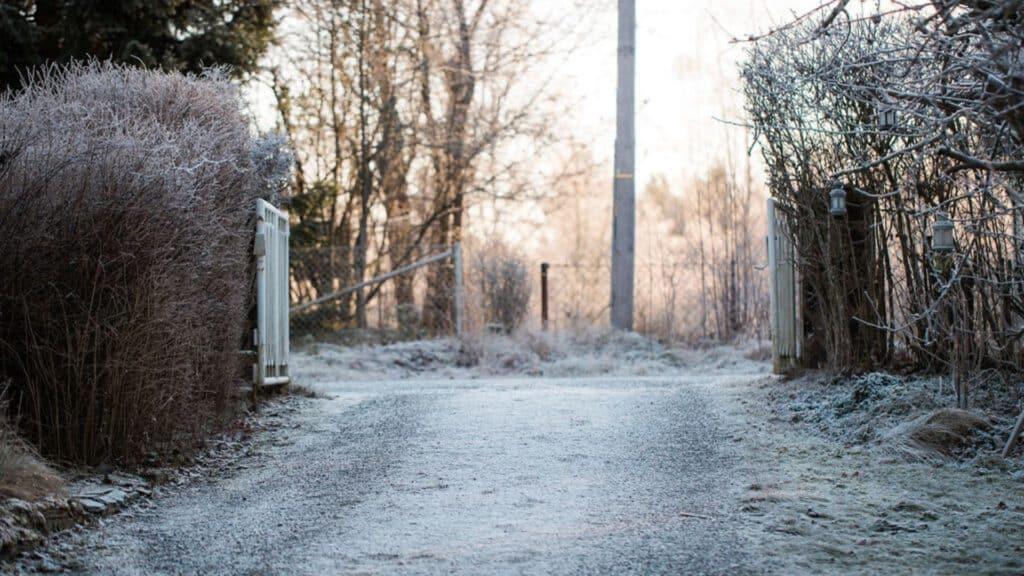
Familytree Finland
A group of volunteer administrators is compiling DNA data under the FamilyTreeDNA website in the FTDNA Finland DNA project. The project aims to “help Finns, people living in Finland and others who have Finnish ancestors or Finnish connections find DNA-matches that may lead to confirmations and discoveries of shared ancestors and learn more about their deep ancestral origins.”
Anyone can join the project, whether they are male or female and regardless of surname, residence, or place of birth. The project has its own Suomi DNA/Finland DNA Facebook group.
Joining the project and comparing results is based on a FamilyTreeDNA kit number. The group website has detailed instructions on how to obtain the DNA test results that are most beneficial to you and about pitfalls such as getting too many matches from certain types of DNA tests.
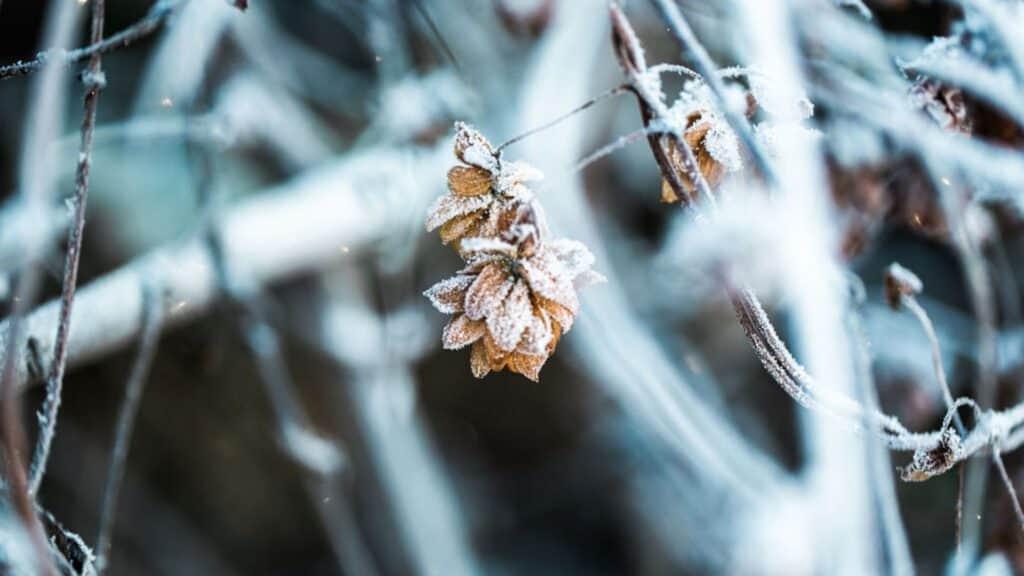
Finnish Genealogy Resources That Are Free of Charge
If you decide to obtain your DNA results, you can also upload the raw data to gedmatch.com, which is a free service for people and researchers interested in genealogy.
The other free databases don’t require DNA results but are useful for research based on the information you have collected on your ancestors.
Once you have some information such as surnames and places of residence, you can start looking for existing research and information kept on parish records.
Times of birth or marriage can also be helpful. How far the records go depends on the digitized and microfilmed parish records in question, but the material is usually over a century old.
Sometimes making use of all the materials requires a visit to Finland, but you can start your research online.
If you do have some information such as surnames and places of residence, some of the most common databases to find information on Finnish relatives and ancestors (outside the commercial websites listed previously) are:
- HisKi is a database of births, marriages, deaths, and migration maintained by the Genealogical Society of Finland: searches can be performed based on a specific region in Finland. They also have a list of missing and lost records. On the project website, you can find example searches and instructions for use.
- Finland’s Family History Association Church Records contains archived materials such as communion books, census records, court records, and provincial accounts.
- Digital Index (Digihakemisto) is a crowdsourcing project for making indexes for the church records and other documents found in the national archives (more on the national archives below).
- FamilySearch has search tools and resources specific for Finland, which require a login.
- The Genealogical Society of Finland also maintains a database of headstones (available in Finnish).
- Census Records (Henkikirjat) available through the National archives of Finland, but there are some restrictions on use, and the website is difficult to navigate
- The Migration Institute of Finland will have its Migrant Register available again in autumn 2020. The site is currently being updated.
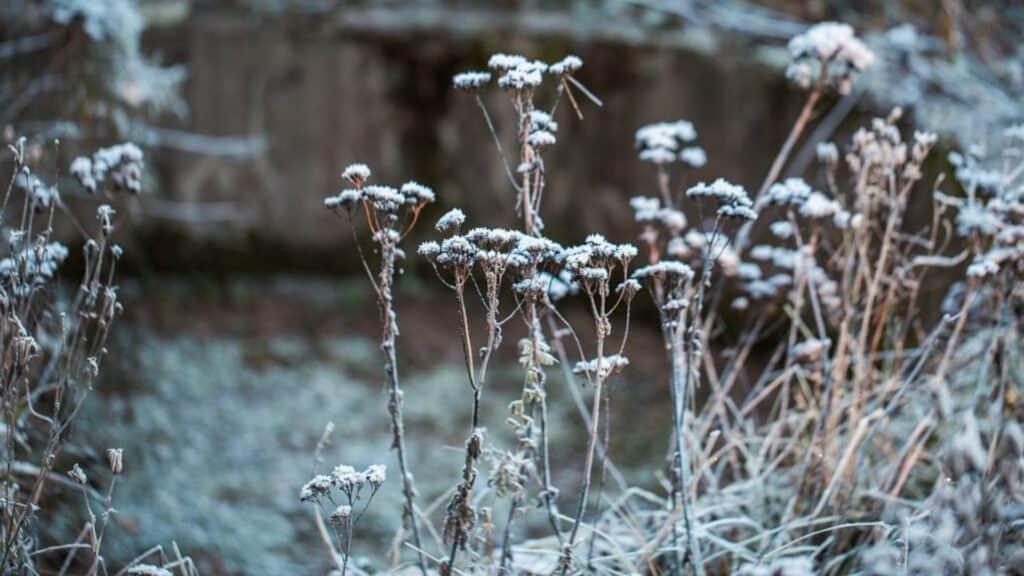
The Genealogical Society of Finland has a clear and concise “How to get started” page, which also contains information on finding and obtaining printed sources for your research, if you can access, for example, Finnish libraries. The society has, for instance, listed all the genealogical publications that contain at least three generations.
FamilySearch also maintains an extensive list of database resources you can use in your research here. The list can be a little overwhelming when you are just beginning, though, and some of the resources are not available for free or without registration.
As you start using more of these resources, talking to others on how they have gone about their search may be helpful. The genealogical association has free discussion forums, “Suku Forum” and “Sukuhakuri”, where you can post queries. There is also the Finnish Genealogy Facebook group.
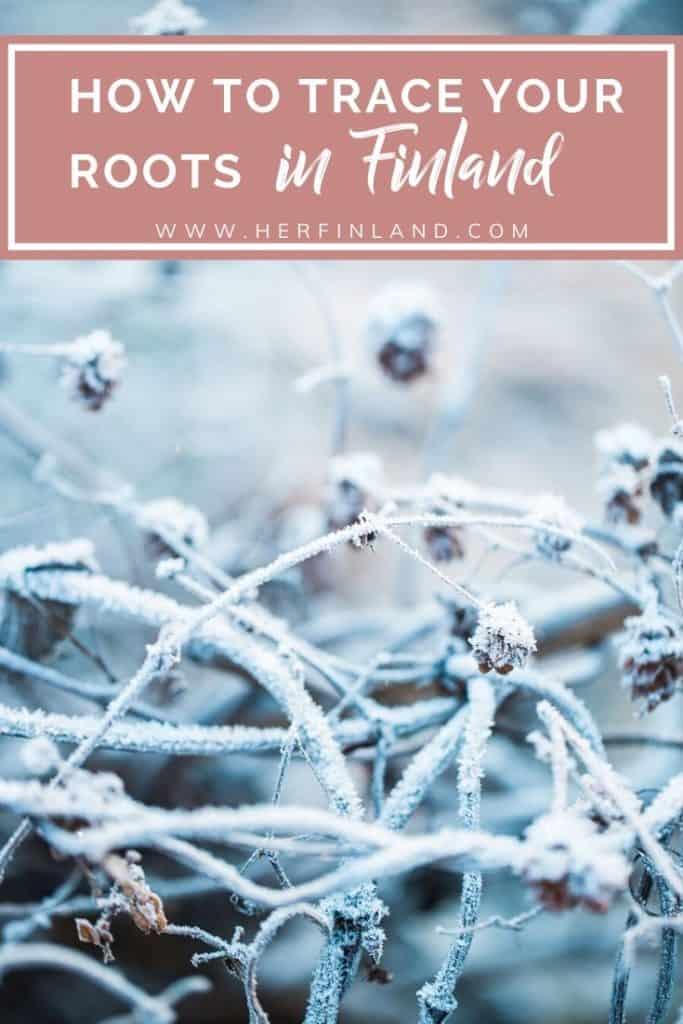
Finnish Birth Records
You can find Finnish birth records by looking at parish records and, for example, from the HisKi database.
Finland became Evangelical Lutheran at the same time as Sweden after the Reformation. Since the Lutheran Church was the state religion, the church records hold information on the vast majority of Finns over hundreds of years.
Information over the last 100 years is not released due to privacy restrictions, but otherwise, the records can go back to as far as the 1600s.
The records include, for example, church census and pre-confirmation books. The information available in them varies over the years.
The church census recorded each parish’s inhabitant’s annual catechism exam and therefore contains information such as names of household members, relationships, birth dates, and place of birth. Other information, such as deaths or marriages, may also be included.
Pre-confirmation books recorded the names of children not yet confirmed. For an example of finding information on these documents, see this blog post on the MyHeritage Blog.
Nowadays, the information on living Finns and foreigners living in Finland is stored in the Population Information System of Finland, which contains information going back to the 19th century. Any data that is less than 100 years old is generally not available for genealogy research, and this includes the parishes.
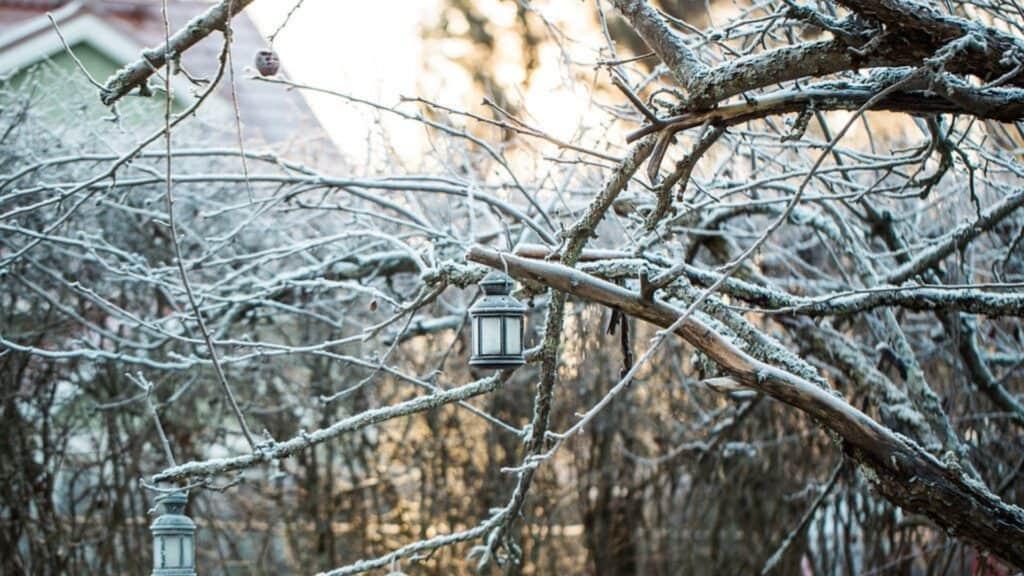
Finnish National Archives
Finnish national archives have undertaken two massive projects to digitize the first 3.7 million files in 2009 and 5.5 million files in 2010, including church records.
These files can be searched through the national archives’ website. You can start your search by entering the name of a town, city, or parish in the free word search.
The files contain incomplete data from the Finnish Evangelical Lutheran Parish Records that go back to 1527.
The national archives also have records of Finnish Military Parishes and Military Records from the 1800s to the early 1900s and the Orthodox Church Archives from the 1700s to the 1900s.
Some of the information may not be available without registering as a researcher due to privacy restrictions. The website can be challenging to navigate, and you might need someone fluent in Finnish to help you find what you need.
The VAKKA database and national private registers (in Finnish) are also searchable through Finnish national archives.
FinNISH CONNECTION COLLECTION 🇫🇮

Finland-themed sweaters and accessories made-to-order. 🧡 Worldwide shipping.
According to the Genealogical Society of Finland, they contain “family and genealogical collections deposited in the National Archives, provincial archives, town archives, and local associations’ archives”.
The digital databases of the national archives are your next stop when you have gone through the information available in the church records.
The tax records or Henkikirjat are the best resources for information from 1630 to 1700. Court records may also contain information from 1620-1630 onward, but of course, only if there was something to record.
Under an agreement with the national archives, the digitized data on church census and pre-confirmation records has also been added to the MyHeritage SuperSearch and indexed by the service so that they are searchable. More about this topic here.
Many of the commercial websites maintain searchable databases that require a paid subscription. Still, they might also do additional work to index the information and make it easier for you to make sense of it.

Do You Need to Travel to Finland? Limitations of Online Resources
The original church records are no longer available for inspection, but libraries, national archives, and county archives hold microfilm copies of them.
According to the Genealogical Society of Finland, for example, the HisKi database is not meant to be a primary source for information. It is meant as a helpful tool to aid your research so you can find information without going through all resources in detail. It contains some errors from copying records by hand, and it does not provide all the available information.
Sometimes the local library might contain relevant research into your ancestors or a book on the local area listing people and events from the time you are interested in. Your primary sources will still be the official ones.
The local parishes can often provide you with the essential information you need to start your research and, for example, in Helsinki you can fill in a form online to ask for information for genealogy research (in Finnish, paid service). This costs 30 € for the first half an hour and the service may take up to 6 months so you might want to look at other resources too. Look for “Kirkkoherranvirasto” followed by the town or city.
Most people will run into some kind of issues when they start researching their ancestry, says the executive director of the Genealogical Society of Finland, Jens Nilsson in an interview by Studio55.fi:
“Maybe an ancestor was born outside marriage and the father can’t be found in the records. Maybe another one moved to a new village to work on a farm, and the priest didn’t bother to make a note of where they came from. Then it’s pure luck whether you can find them, for example, from the next village and if you can continue your research.”
Nilsson also mentions handwriting as the biggest problem for genealogy research the further back you go.
Before you book your tickets just to visit an archive, have a look at the professional genealogists who also offer services. You can find a list on the Genealogical Society’s website.

Additional Finnish Ancestry Tips
The Finns and the Saami have for long been a little bit of a mystery. Ongoing research keeps finding new information on where they came from and when.
As recently as late 2018, an article was published in the scientific journal Nature that shed more light on the population history of north-eastern Europe.
Finland has also been relatively genetically isolated, which has led to several research projects using this as an advantage in studying genetic differences in health and disease.
Today, it helps you find your Finnish roots in ancestry comparisons because Finns make up their own reference population.
This article by Harry Walli on Finnish genealogical research from 1969 is excellent for finding out more about Finnish ancestry and refers specifically to finding the roots of Finnish immigrants to America.
The article discusses various challenges, including common surnames shared by families not related to each other, common first names, use of only first names and references to a house or farm, and the family name law in 1920, which required everyone to have an inheritable surname.
This resulted in new names being taken en masse without any meaningful connection to ancestry or relationship and even brothers choosing different names. Many common surnames were simply made up as something was needed and had no link to common ancestry.
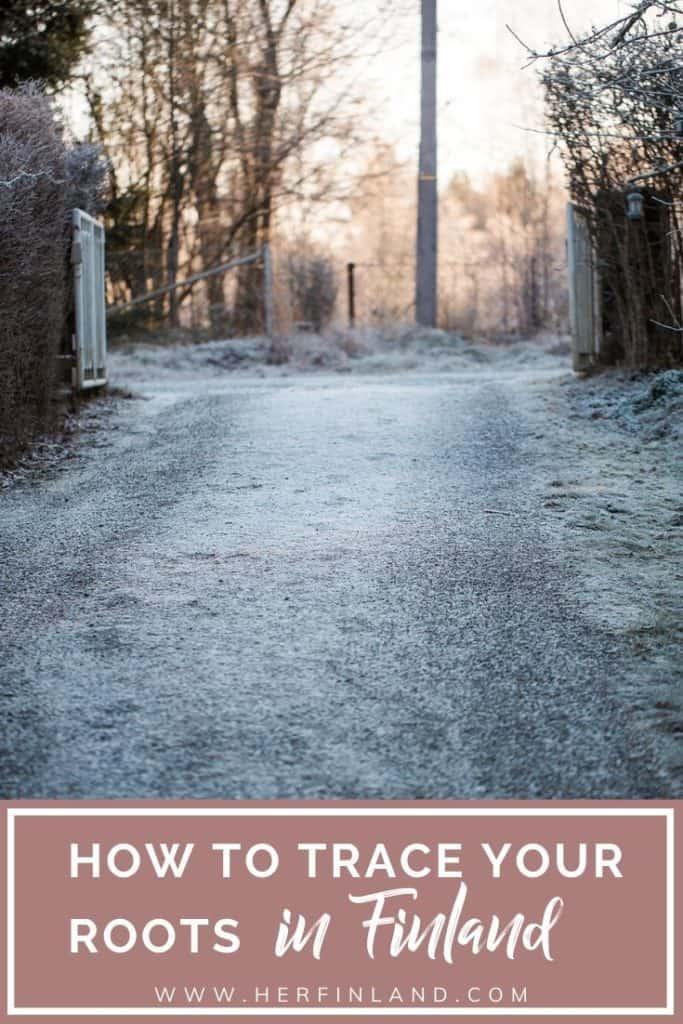
What about the Language? Finnish, Swedish and Latin
As you complete your research, you will inevitably run into some terms or abbreviations in Finnish or Swedish (the second official language in Finland) and even in Latin.
Leif Mether and Assi Valve from the Genealogical Society of Finland have collected a helpful list of meanings and translations, but it lacks the corresponding English translations. The table lists first the abbreviation, the abbreviated words, the same words in Finnish and in Swedish. To find out what the words mean in English, for example, enter the Finnish words (third column) to the Google Translate tool.
Even if you know some Finnish, many of the early records before Finnish became the official language in 1863 are in Swedish. This is not a big problem unless you start studying longer texts.
It might be helpful to know that Finland became independent from Russian rule in 1917 and was part of Sweden from about 1150 to 1809 when the Finnish War between Sweden and Russia took place.
As Finnish became more common, some Swedish surnames were changed to a Finnish version, similar to what some immigrants did when they first arrived in America. Here’s an article in English about this topic.
Many databases will also contain many different spellings of names. The first name Jussi might even be written in its Swedish form Johan, as described in this article in Finnish. Some search tools are able to take into account these differences, but others might not.
How to Learn Easy Finnish Before Your Finland Visit
If you want to learn the Finnish spoken in Finland today, try my free Finnish class that helps you learn Finnish in less than 30 minutes.
After taking this class, you’ll see why Finnish isn’t as difficult as they say and get connected with this beautiful language.
Join thousands of students already in my Finnish classes learning easy Finnish.
Ready to speak finnish?

Join my praised free class and speak Finnish words in 20 minutes!
Are You Ready to Start Discovering Your Finnish Roots?
It’s never been this easy to obtain information and start your own research to find Finnish ancestors.
The research itself takes some detective work, but I hope this collection of resources, databases, groups, and forums will help you on your journey.
Let me know in the comments how you get on. Let’s share all our tips for others just thinking about starting the research for finding their roots in Finland!
Looking for more information about Finnish culture? Check out some of my other posts:
- 50 Cultural Tips that Help You Understand Finns
- Free Finnish Class – Spark Your Finnish
- 50 Funny Finnish Phrases and Words that Describe the Finnish Mindset
- Finnish Small Talk Habits You’ll Run Into in Finland
- Which Ancient Finnish Goddess Or God Are You?


Linda Huff
Tuesday 28th of February 2023
Hello,
My sister and I are planning a trip to Finland this July. We are hoping to find some information about our grandparents and maybe great grandparents. We know our dad's parents came from Finland separately in the early 1900's. Our grandmother came from Helsinki and her name was Eva Lahtinen and our grandfather came from Vassa(? we think), his name was Aro Tanttari. If we check with some churches are they going to help? Will we need appointments? We also know grandpa's brother name was Herman Hoppamaki (Happamaki). Since the brothers had different last names I'm assuming it will be difficult to trace the family background. Any other advise?
Linda Huff
Saturday 11th of March 2023
@Varpu,
Which church would you recommend?
Varpu
Thursday 9th of March 2023
Such a great question! Yes, it would be great to make an appointment in advance!
Jodi Hakamaki
Wednesday 4th of January 2023
This is wonderful information! Um still a bit confused as to where to start. My husband is 100% Finnish. We’ve traced him back to his grandparents coming over from Finland. But it gives no indication as to city/area. We are stuck. We would like to ideally find relatives in Finland, as we are going to Finland this Aug 2, 2023. We know there is a town with his surname, but maybe it’s a common name? It is Hakamaki I want to do his DNA test. Where should I start? With ancestry.com DNA and then transfer over?
Varpu
Monday 16th of January 2023
Hei Jodi! MyHeritage.com is the most popular ancestry site in Finland. I wonder if you would find any matches there with his results? If so, then I would try send a message on the platform or even try to find the person on Facebook or LinkedIn. Finland is such a tiny country that it's quite easy to do so. Hope you find some relatives! Have a wonderful upcoming trip!
Andrej Lilja
Thursday 18th of August 2022
Hei Varpu! I am so excited as I feel there is a chance of finding my family tree. My grandfather was born in Finland in July of 1915. Then his parents, Finnish, moved into communist Russia. Of course, at that time lots of things were changed. I tried to find more info, but besides verbal info I couldn't get anything. Visiting Finland makes me feel like at home. It is my country, although I happened to live in Russia. Varpu, can you help me anyhow? Here are facts: my last name spelled in International passport as Lilia, actually it pronounce more like Lilja. According Russian resources he was born in July 1915. According to my aunt, his daughter, July 9th of 1915. His (my Grandfather's) first name in Russia sounded as Valentin. Perhaps, his real Finnish name is different. What else can I do? Searching in Russia is useless. The only hope to find anything is through metric books, but i've never dealt with those before. Besides, the travelling from Russia to Finland is very limited now. Please, help me with an advice. Many thanks, Sincerely, Andrej andreylilya@gmail.com
John
Tuesday 24th of August 2021
My great grandfather on my grandfathers side was John Fredrickson Edesbacka and my great grandmother was Anna Louisa Eriksdotter Bobacka.
My great grandfather on my grandmothers side was Karl Eriksson Back Neuman. And my great grandmother was Kajsa Katarina Eriksdotter Pesonen.
I’am trying to find any living relatives, that I can for we are coming to visit Finland next year. Any help would be appreciated.
Respectfully Submitted
John E Freelund
Varpu
Wednesday 8th of September 2021
Hei John, thank you so much for sharing!
John Freelund
Tuesday 24th of August 2021
I’am trying to locate relatives in Finland. My grandfather and grandmother were born in Nykelarby my grand fathers name at birth was John Erik Freelund/ Edesbacka.
My grandmother was Minnie Vilhelmina Karlsdotter Neuman. They both came to America in 1900
Respectfully Submitted
John E Freelund